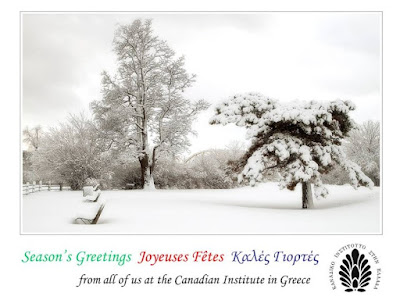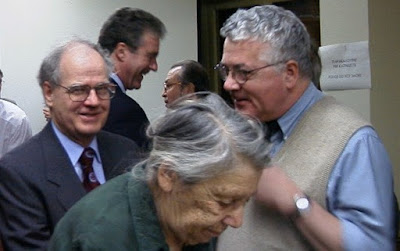When I was finished working for the day I took the time to explore Athens. I loved living in a city much bigger than Waterloo. Luckily the Metro was easy to figure out and was my main mode of transportation in the city. There was an abundance of new food, tavernas, and shopping to try. On top of this, living here is an archaeologist's dream with all of the ancient sites to explore. There are far too many places to mention that I traveled to in the city but the highlights include the Parthenon, both Agoras, the Temple of Zeus, the National Archaeological Museum, the Cycladic Museum, and the National Gardens. During my time here I met a previous intern, Holly, from 2017, who liked Athens so much she never left and now considers herself a local. It was nice knowing someone who was already familiar with Greece to show me around. She introduced me to my favorite experience in Athens which was seeing a concert at the Odeon of Herodes Atticus under the Acropolis. We saw a symphony performed, and they used no microphones, to mimic the ancient acoustics. It was truly an amazing experience.
My work week was Monday to Friday which left me with weekends to explore other parts of Greece. Some were solo trips and others were with the Fellow at the institute, my roommate, Holly, or someone from home. The highlights of my weekend trips away include Aegina, Cape Sounion, Hydra, Nafplio, Vouliagmeni Lake, Mycenae, Epidaurus, Knossos, Delphi, and Mykonos. One of my favorite places from this list was Hydra. It was the most charming island, with no modes of transportation other than donkeys or water taxis. I never mastered the Greek way of crossing streets, making it a relief to not have a fear of getting hit by a scooter for a weekend! The island itself was also beautiful.I really enjoyed my time at the Canadian Institute. I am so thankful to have had the opportunity to experience a new culture, and visit so many beautiful, interesting places while gaining knowledge about them. Working here also allowed me to make friends and meet so many new people while falling in love with Greece. It made me more independent as a person and sharpened my sense of direction as well! I definitely want to return to Greece in the future!Heather Robinson
Wilfrid Laurier University intern, autumn-winter 2018

























































